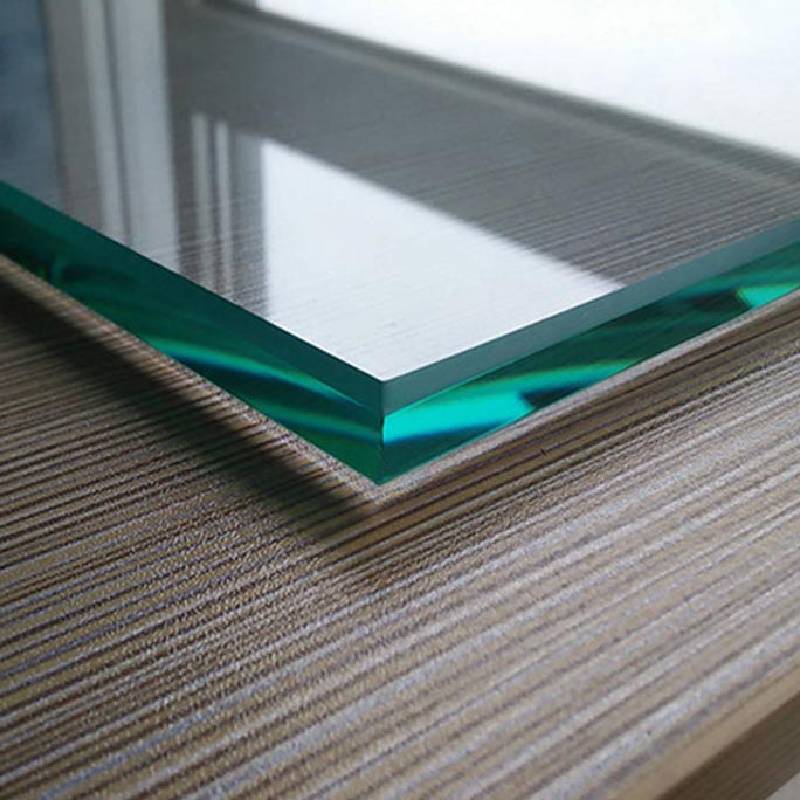

Understanding Triple Low-E Glass The Perfect Choice for Energy Efficiency
In an era where energy efficiency is paramount, architects, builders, and homeowners are continuously seeking solutions that not only reduce energy consumption but also enhance comfort. One such innovative solution is triple low-emissivity (low-E) glass, which has emerged as a game changer in the world of building materials. This article delves into the features, benefits, and applications of triple low-E glass, highlighting why it is the ideal choice for modern constructions.
What is Triple Low-E Glass?
Triple low-E glass consists of three layers of glass, with a low-emissivity coating applied to the inner surfaces. This coating is designed to reflect heat while allowing natural light to enter the building. The triple glazing aspect means that there are two insulating air spaces between the layers of glass, providing superior thermal performance compared to standard double or single-glazed windows.
The low-E coating is made from microscopic layers of silver and other metallic oxides, which significantly increase the glass's ability to prevent heat transfer. By minimizing heat loss in winter and keeping interior spaces cool in summer, triple low-E glass contributes to a stable indoor environment, enhancing overall comfort while reducing energy bills.
Energy Efficiency Benefits
One of the primary advantages of triple low-E glass is its exceptional energy efficiency. Studies have shown that buildings utilizing this type of glass can achieve a noteworthy reduction in energy usage—up to 50% compared to standard glass alternatives. This is particularly beneficial in climates with extreme temperatures, where heating and cooling costs can escalate dramatically.
The enhanced insulation properties mean that less energy is required for climate control systems, enabling homeowners and businesses to invest savings back into their properties. Moreover, utilizing energy-efficient materials like triple low-E glass can enhance a building's overall sustainability, making it more appealing to environmentally conscious buyers and tenants.

Comfort and Aesthetic Appeal
In addition to energy savings, triple low-E glass contributes to increased comfort within indoor spaces. The ability to maintain a consistent indoor temperature helps eliminate cold spots near windows and reduces the likelihood of condensation, which can promote mold growth. This contributes not only to a healthier living environment but also enhances the longevity of window frames and internal fixtures by minimizing moisture-related issues.
From an aesthetic standpoint, triple low-E glass allows for larger windows and expansive glass doors while maintaining structural integrity and thermal efficiency. Increased natural light intake creates vibrant interiors, contributing to the well-being of occupants and reducing reliance on artificial lighting during the day. This meeting of functionality and aesthetics has made triple low-E glass a preferred choice for modern architecture.
Applications in Modern Architecture
Triple low-E glass is not limited to residential buildings. Its advantages have made it a popular material for commercial properties, educational institutions, and healthcare facilities. Many new constructions incorporate this energy-efficient glazing to meet stringent building codes and green building certifications such as LEED (Leadership in Energy and Environmental Design).
Moreover, the versatility of triple low-E glass allows it to be used in various window styles and configurations. From sleek contemporary designs to classic styles, this glass can be seamlessly integrated into any architectural vision, making it a practical and stylish choice for builders and architects alike.
Conclusion
As we continue to prioritize energy efficiency and sustainability in construction, materials like triple low-E glass stand out as optimal solutions. With their exceptional thermal performance, enhanced comfort, and aesthetic appeal, they represent the future of eco-friendly building practices. Whether you are a homeowner looking to upgrade your windows or a builder designing the next landmark structure, triple low-E glass is an investment that pays dividends in energy savings, comfort, and environmental responsibility. In an age where every choice counts, opting for triple low-E glass is a step toward a greener, more efficient future.